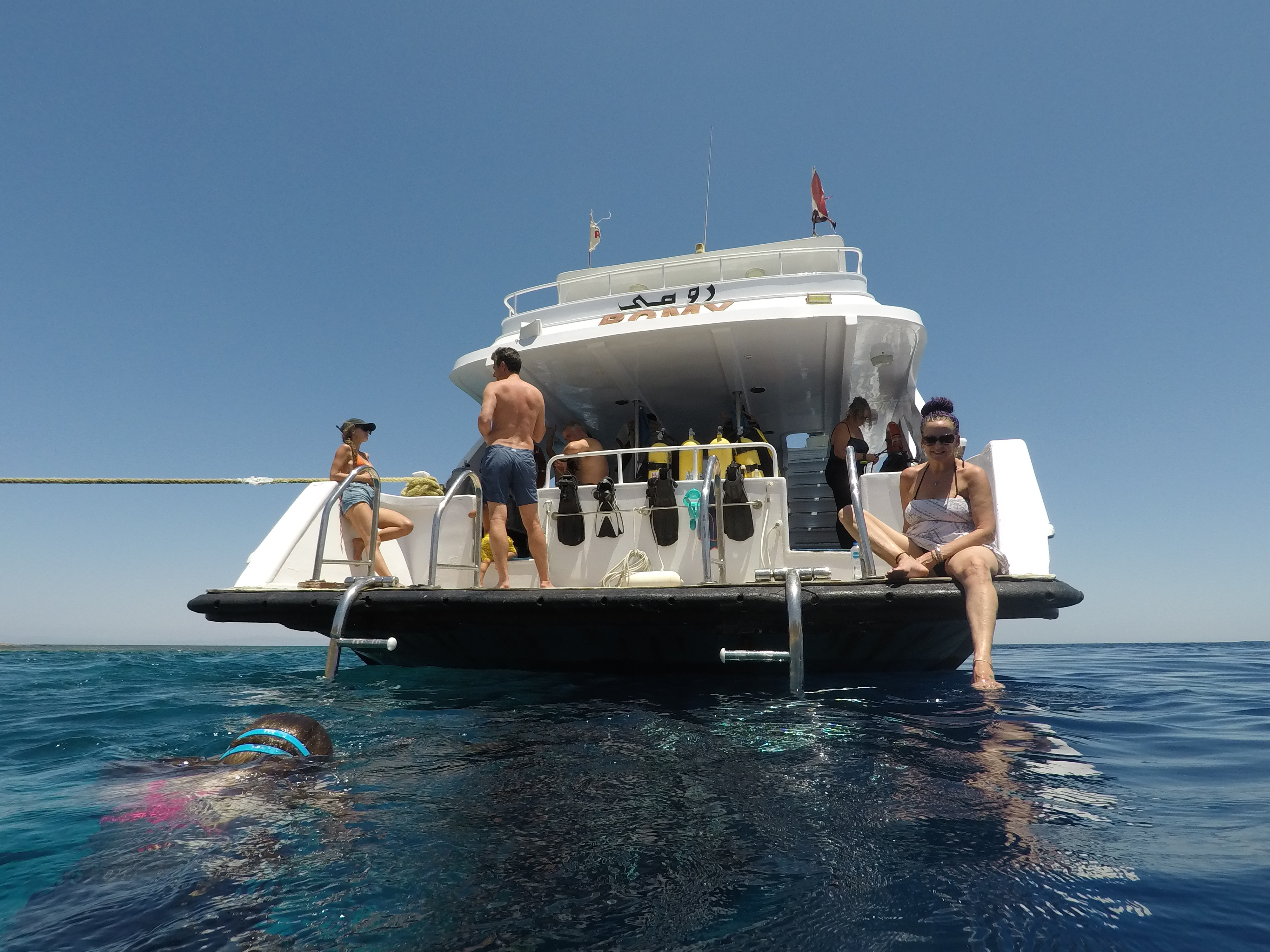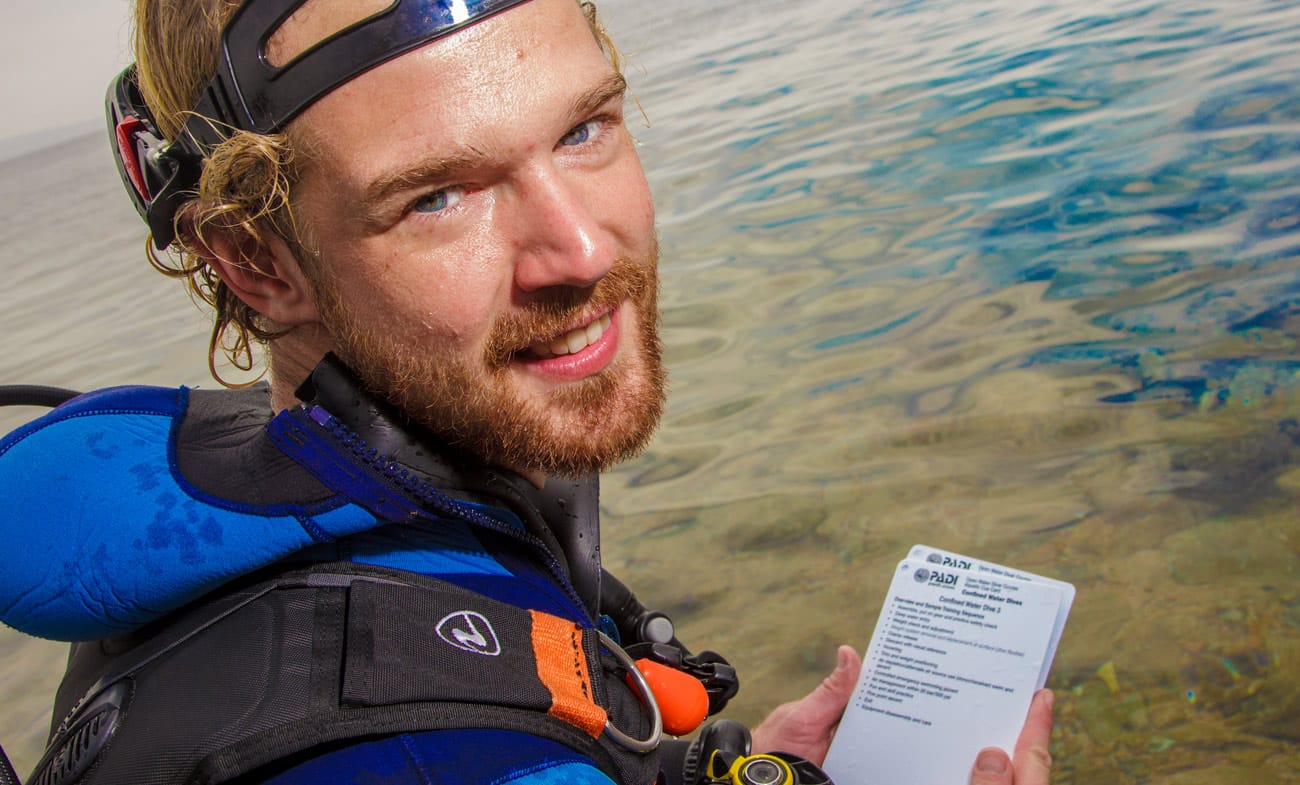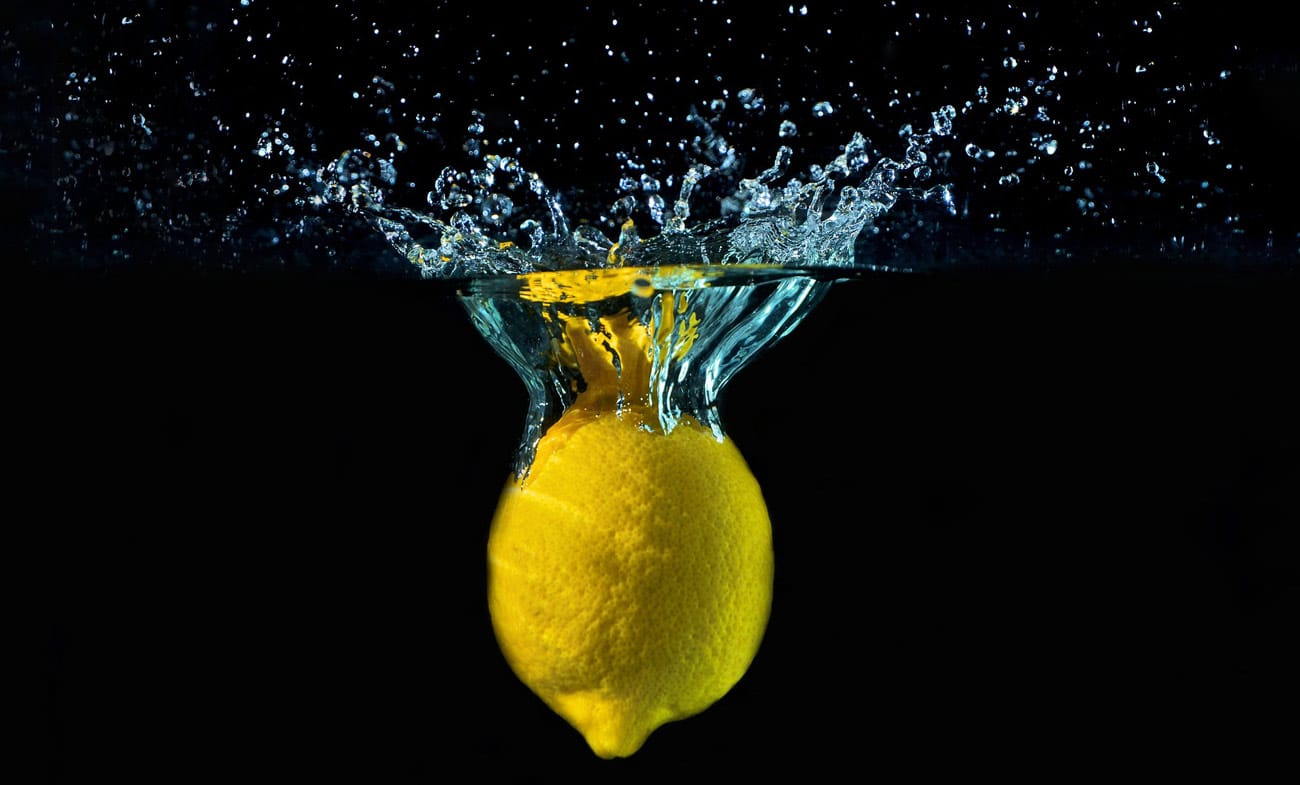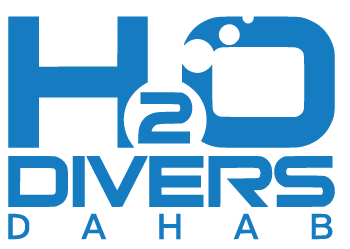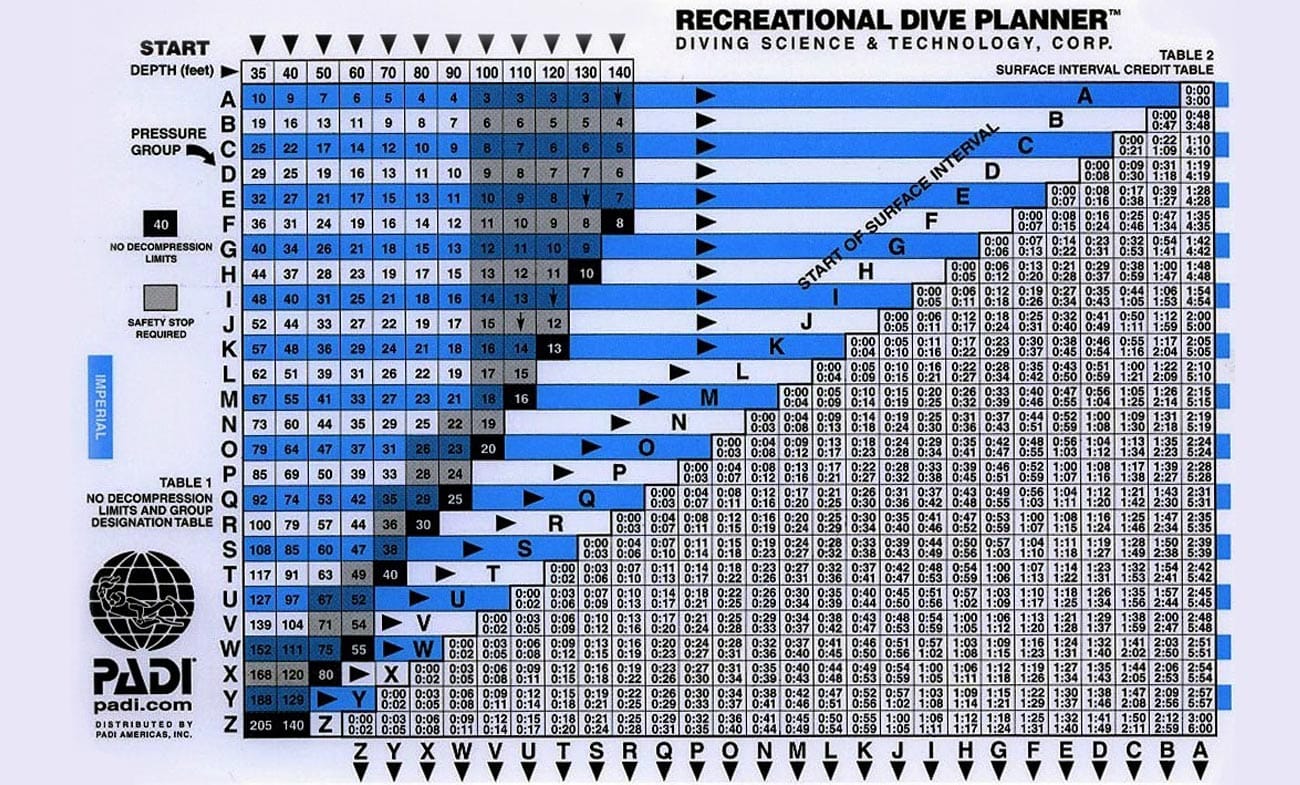
ar$e about face?
One of the rules I’m sure you’ve all heard of is “do your deepest dive of the day first”
I certainly have, and have also certainly passed it on to my students back in the earlier days. As with anything, diving is subject to more scientific studies and later down the years: the Smithsonian’s Michael Lang, the American Academy of Underwater Sciences, DAN, DEMA, Dive Training Magazine, 49 leaders from diving listened to 29 scholars’ papers delivered over two days at the Reverse Dive Profiles Workshop back in 2000. Their primary goal was to evaluate whether there was an increased risk from diving by reverse-profiling and therefore, if there’s a justifiable reason to ban said profiles.
In their first conference it was found that the bar against reverse profiles in all probability arose from trying to optimise bottom time as opposed to do with safety concerns. By making the deepest dive first you get the most out of your bottom time at depth before you’ve racked up any residual nitrogen by leaving it until the second dive.
Following this, it gets sciency: physics, physiology and modelling. Although there were a range of findings amongst the bubble models – they all arrived at similar conclusions. The bubble models used were VPM (Varying Permeability Model) RGBM (Reduced Gradient Bubble Model) – as most of you with Suunto computers will be familiar with, DCIEM Bubble Evolution model based on Doppler scores, a gas-dynamics model and a tissue bubble-dynamics model.
Interestingly, another presentation showed that reverse profiles may indeed have a higher predicted risk of Decompression Sickness; the risk was so trivial for no more than two no-decompression dives that it was irrelevant. However it’s worthy of note that they were not willing to say that they had enough evidence to conclude that doing 3 or more dives in a day – with a reverse-profile – was allowable.
At a later session, dive computer manufacturers joined the debate. For the older computer models using Haldanian algorithms which only take in to account gas loading and M-Values that they do not provide a reliable decompression model to support reverse profiling. The newer models however, generally do contain warning features regarding bounce dives and sawtooth profile dives.
It was concluded that where as it’s true that there have been problems with reverse profiles in a few rare cases; however it seems that algorithms and thus, dive computer and decompression tables can deal with reverse diving profiles adequately. Therefore if you’re using a dive computer, you can do your dives in whichever order you deem fit. However, this was limited to dives of no more than 40m deep without going in to decompression and with a depth differential less than 12m. All modern computers account for reverse profile dives; but obviously you still want to keep any dive profile within the limits.
Similar to the blog I wrote about tank valves being turned all the way open, the findings here make us open our eyes and not blindly follow what we did years ago, ‘just because’. Do some research; the DAN website is fantastic for up-to-date statistics and modern findings. A lot of divers are scared to challenge the norm, ask why, yet this is generally done without any back-knowledge of why the norm is the norm in the first place.
Although the Workshop was done back in 2000, it was only a couple of years ago I checked it out… a decade later. I knew that PADI’s Encyclopaedia of Recreational Diving said, to paraphrase; there was no clear evidence against diving reverse profiles. But, if we go off the recommendations for the RDP and RDP MultilLevel we have to conduct our deepest dive first. So, some of us have to follow those rules if we’re on a diving course. Then surely it sounds a bit odd if later down the line you’re telling your divers not to worry about it – you’ll be fine if you do your deepest dive second?
From my research, no-one can say when the recreational diving industry started to write its standards against reverse-profiling, it doesn’t seem to have stemmed from a specific incident, it just sort of, happened. From what I gather from the Workshop, the industry head-honchos were concerned about the potential for new or inexperienced divers misinterpreting a possible retraction of banning reverse profiling. They thought that mayhap, they would ignore the depth differential advice and think they’d been given carte blanche on their diving profiles. I can understand this caution taken by the recreational diving industry within their standards, but don’t be afraid to ask “why?”




